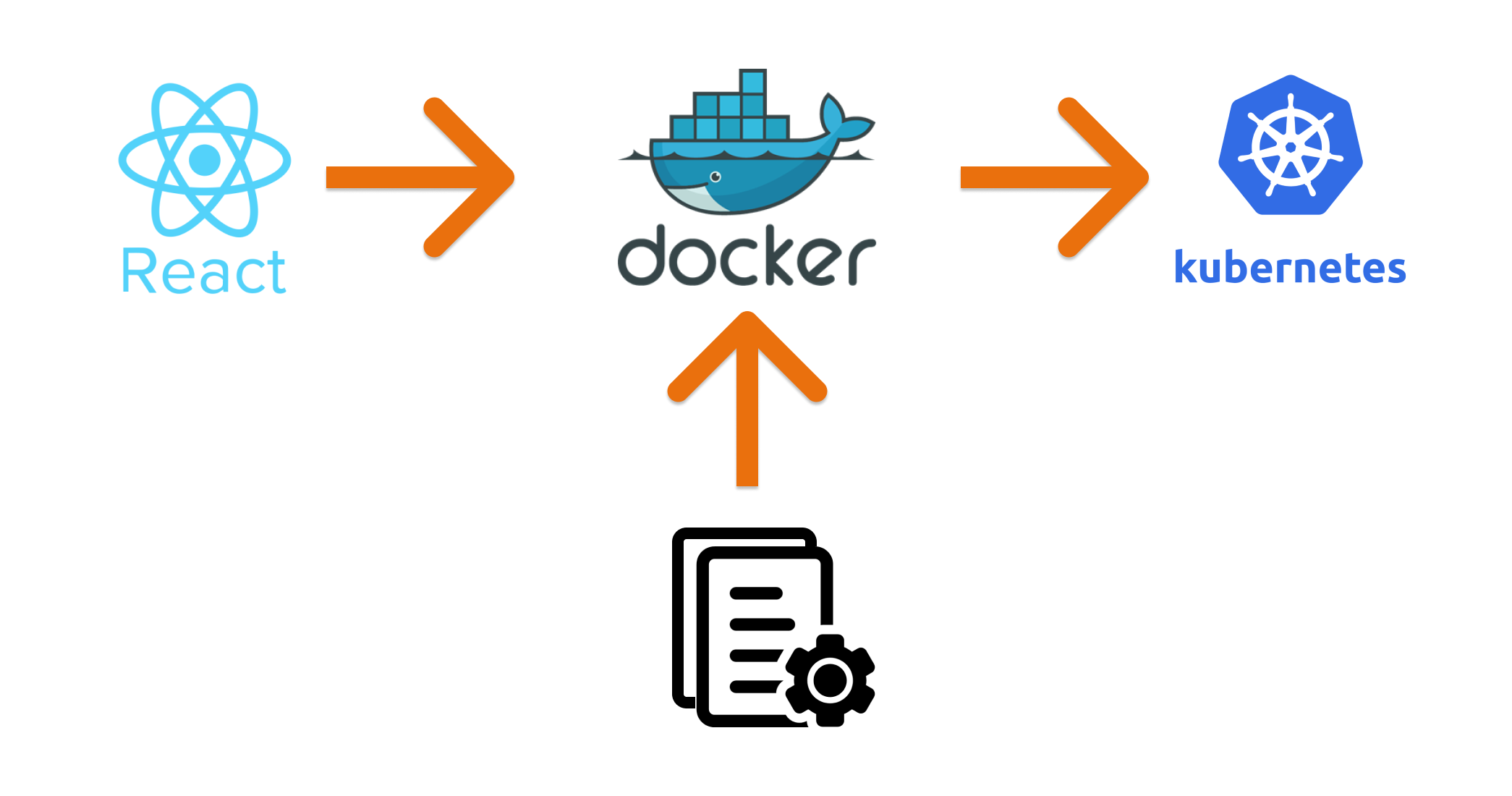React developers have different options for declaring variables - var, let, and const. While all are valid, this guide will explore which is generally recommended and why.
Scoping and Predictability
One key difference between these variables is how their scope, or accessibility, is defined. var is function-scoped, meaning it can be accessed from anywhere within that function. But let and const are block-scoped, allowing access only within the nearest set of curly braces { }.
Block scoping promotes more predictable code behavior. Variables are restricted to well-defined blocks, avoiding unintended interactions across scopes. Because let and const respect blocks, they reduce the possibility of bugs occurring from variable references in unexpected contexts.

Avoiding Hoisting Issues
Another subtlety is variable hoisting. var declarations are hoisted to the top of their containing scope, meaning variables can technically be accessed before their declaration line.
In contrast, let and const are also hoisted but not initialized until their declaration point. Trying to access them beforehand causes a reference error - a more predictable failure case than unexpected variable values. Hoisting quirks with var have led to bugs, so let and const are safer in this regard.
Indicating Mutability
The const keyword helps communicate whether a value should remain constant or not. Declaring variables with const expresses the intent that they should not change, making code easier to reason about.
Within React components in particular, values like props and states typically should remain constant. Using const for these variables signals clearly to readers that the values won’t mutate unexpectedly over time.
Compatibility and Modern Practices
While var works nearly everywhere, let and const have superior characteristics that most modern code favors. They align with evolving best practices to write clean, maintainable JavaScript.
React also generally encourages writing components as small, pure functions where possible. The block scoping and other traits of let and const directly support writing components in this functional style. Futureproofing code with modern constructs like these can avoid subtle bugs down the road.
Recommended Usage in React
So in summary, React developers are encouraged to use const by default, reserving let for variable cases that truly need mutation. Relying primarily on const conveys intent clearly and prevents accidental value changes.
For component declarations, const is almost always appropriate since component instances shouldn’t change. States and props within components also should normally be const since their values are controlled externally.
Following these guidelines leads to React code that is clean, predictable, and compatible with evolving JavaScript standards. While var may work, let and const generally produce safer, more maintainable applications.
Additional Considerations
There are a few additional minor points to consider when choosing variables in React:
Performance - const may allow for optimization since the variable value can never change. The runtime engine has freedom to optimize caching or other optimizations that wouldn’t apply to mutable variables. This micro-optimization rarely impacts real code though.
Names - let and const have block scope, so short or poorly chosen names are less of a concern since they won’t conflict with names in parent scopes. But long descriptive names are still preferable for readability.
Nested Scopes - With deep nesting, let and const avoid issues with unintended collisions in narrow nested scopes that var may cause due to lack of block scoping. The narrower scope is safer.
In summary, React best practices recommend using const by default and reserving let for truly mutable cases. This enhances code readability, maintainability and safety through aligned use of modern JavaScript scoping rules and block-level semantics. Following these guidelines produces clean, robust React applications.

 Running Java Programs without Main Method
Running Java Programs without Main Method